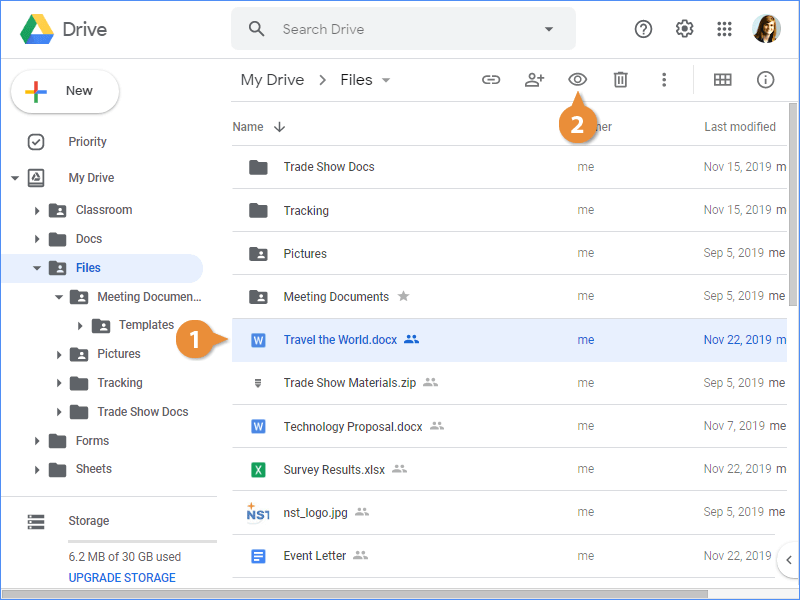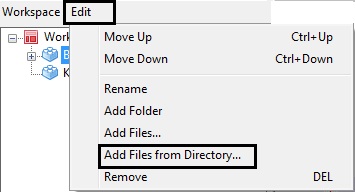

Be careful when opening files if you are not sure of their origination, and proceed at your own risk. Also, the reason this feature never gets built into Chrome is due to security policies. To quickly see whats in all the subdirectories of a folder within.

Take note that this extension does not work on Chromebooks or Linux operating systems. How to Expand All Subdirectories & List Folder Contents in the Mac OS Finder.

Press the Launch Application button to open the file in its default software package. When you click to open a file in the tab labeled Index of, the External Protocol Request window shown below will open.Then, toggle the Allow access to file URLs button. Scroll down to the Local Explorer – File Manager, and click Details. Next, type “ chrome://extensions “ without quotes into the address bar and hit Enter.Double-click the downloaded executable to install the integration module.Select Add to Windows Explorer found on the post-install page as shown below or by right-clicking the Local Explorer button on your extensions toolbar and selecting Options.Step 2: Install Local Explorer Integration Module In the popup window, select Add extension.Open the Local Explorer extension page in the Chrome Web Store, click Add to Chrome in the upper-right corner.You need the add-on in Chrome, and you need an integration module to run the default programs for the files. How to Install Local Explorer Add-On for ChromeĪdding Local Explorer to Chrome is a two-part process. Local Explorer is a Chrome extension that enables you to open any file you want on your computer using its default software package. Method 4: Use a Third-Party Chrome Add-OnĬhrome can open simple files, but that doesn’t include videos or music, to name just a couple.


 0 kommentar(er)
0 kommentar(er)
